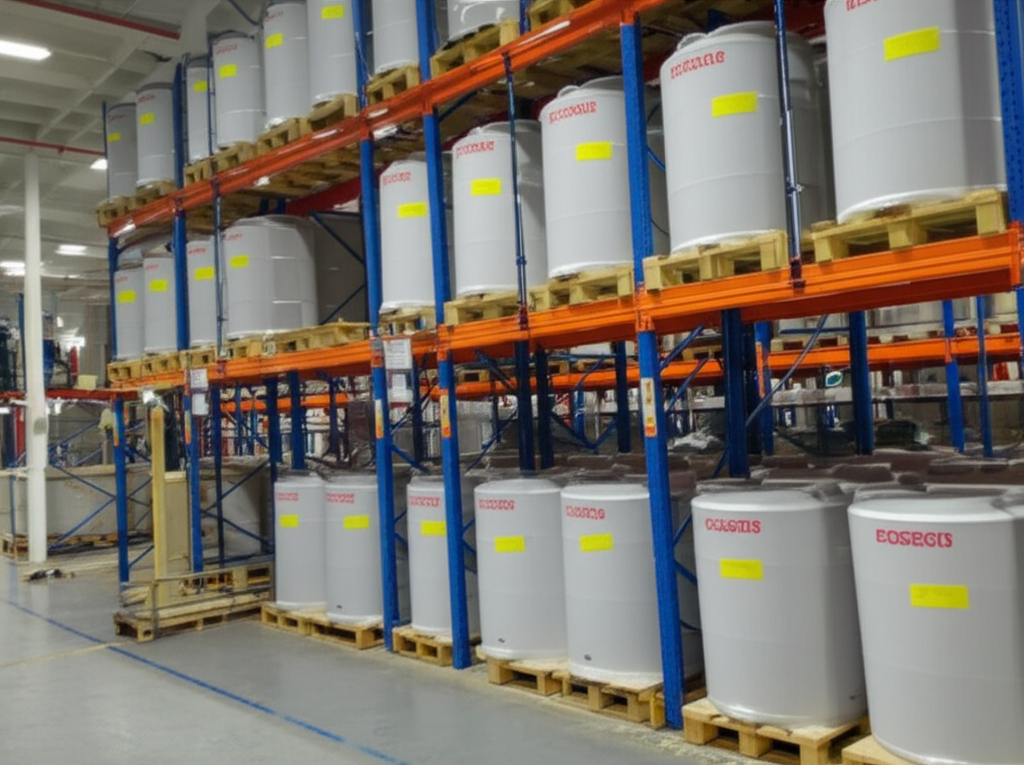Scientists have unveiled an innovative and efficient synthetic route for producing 2,6-Dibromobenzothiazole (2,6-DBT), a vital intermediate compound in pharmaceuticals, agrochemicals, and advanced materials. This breakthrough method significantly overcomes limitations associated with existing complex, multi-step processes by enabling a highly selective, one-pot synthesis.

2,6-Dibromobenzothiazole holds immense importance across diverse sectors. In medicinal chemistry, it serves as a crucial precursor for developing agents targeting parasites, tuberculosis, rheumatism, and cancer. Within agriculture, compounds derived from it demonstrate antifungal, insecticidal, herbicidal, and plant growth-regulating properties. Furthermore, the material sciences leverage benzothiazoles for applications ranging from rubber vulcanization accelerators, UV absorbers in cosmetics and sunglasses, to specialized materials for liquid crystal displays, electroluminescence, and fluorescent probes. The demand for a more efficient synthesis stems directly from its high utility.
Previous methods for synthesizing 2,6-DBT involved the tedious, sequential introduction of bromine atoms at the 2 and 6 positions of the benzothiazole ring. This multi-step approach inherently suffered from several drawbacks: complicated operation, low overall yield, increased production costs, significant waste generation, and poor suitability for large-scale industrial manufacturing. These inefficiencies created a substantial barrier to the broader application of this valuable compound.
The newly developed process directly addresses these challenges. It utilizes N-bromosuccinimide (NBS) as the brominating agent, employed in a single reaction step. Crucially, the reaction is catalysed by titanium dioxide (TiO2). In a typical procedure, benzothiazole is dissolved in chloroform under reflux conditions (45-55°C). Both NBS and the TiO₂ catalyst are added simultaneously to the reaction mixture. After a controlled reaction period of 9 to 15 hours, the mixture is cooled to room temperature, filtered, and the filtrate washed with saturated sodium bicarbonate solution. Drying over anhydrous sodium sulfate followed by solvent removal under reduced pressure yields a pale yellow solid. Purification via recrystallization using isopropanol then provides white crystalline 2,6-DBT.
A key element of the optimized process is the strict molar ratio control between the reactants and the catalyst. Extensive research identified the preferred molar ratio of benzothiazole : NBS : TiO₂ as 1 : 2.2 : 0.08. Operating within the range of 1:(2~2.3): (0.01~0.2) ensures the highest efficiency, although the 1:2.2:0.08 ratio consistently delivers optimal results.
This novel method delivers substantial advantages: Significantly greater simplicity, achieved through the elimination of multiple steps. Notably high isolated yields of approximately 75-77%. Utilization of a readily available, low-cost catalyst (TiO₂). Greatly enhanced cost-effectiveness compared to traditional practices. The potential for large-scale industrial implementation thanks to its robustness and straightforward operation.
Validation experiments emphasized the indispensable role of titanium dioxide. Comparative studies without TiO₂ catalyst showed drastically different outcomes. While benzothiazole still reacted with NBS, the sole product was the mono-brominated derivative (C7H4NSBr), confirmed by mass spectrometry (m/z=214 M+) and elemental analysis. No trace of the desired 2,6-dibrominated compound (C7H3NSBr2, m/z=293 M+) was detected when the catalyst was absent. This stark contrast conclusively proves that titanium dioxide is essential for catalyzing the specific simultaneous bromination at both the 2 and 6 positions.
The new synthetic route for 2,6-Dibromobenzothiazole represents a significant technical improvement. By enabling a high-yielding, one-step process under mild conditions, readily available reagents, and a simple catalyst, it answers the long-standing demand for a more efficient and industrially viable production method. This advancement is expected to accelerate research and development activities leveraging 2,6-DBT across its critical application domains in healthcare, agriculture, and cutting-edge materials science.
Manufacturing Facilities






Professional Export Experience
to Global Customers

1. 20 years of R&D, manufacturing and sales experience, serving customers in 60 countries and regions around the world;
2. Own R&D laboratory, pilot platform and large-scale production workshop, which can meet the audit requirements of global customers;
3. We can satisfy customers' perfect transition from small scale lab requirements (gram level) to commercialization requirements (hundred tons level).
A: We don't have Minimum Order Quantity, exact quantity should be provided before quotation for us to calculate the exact cost.
A: We don't provide free samples due to lots of request and expensive international courier's cost, we can deduct the sample charge after commercial order placed.
A: Our payment terms: Small or sample order: T/T IN ADVANCE. Commercial order: First order should be by T/T IN ADVANCE or L/C at sight, and following orders T/T 30~90days is acceptable subject to approval of credit application.